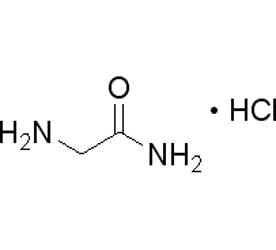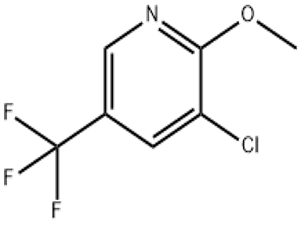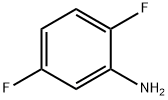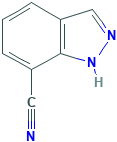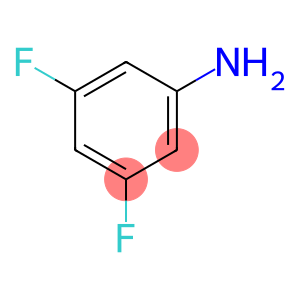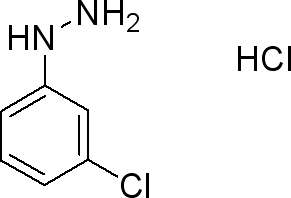Glycinamide hydrochloride(CAS# 1668-10-6)
Risk and Safety
| Hazard Symbols | Xi – Irritant |
| Risk Codes | 36/37/38 – Irritating to eyes, respiratory system and skin. |
| Safety Description | S22 – Do not breathe dust. S24/25 – Avoid contact with skin and eyes. S37/39 – Wear suitable gloves and eye/face protection S26 – In case of contact with eyes, rinse immediately with plenty of water and seek medical advice. |
| WGK Germany | 3 |
| FLUKA BRAND F CODES | 3-10 |
| HS Code | 29241900 |
| Hazard Class | IRRITANT |
Glycinamide hydrochloride(CAS# 1668-10-6) Information
| use | used as a pharmaceutical intermediate for organic synthesis the product is cyclized with glyoxal to obtain 2-hydroxypyrazine, and 2, 3-dichloropyrazine can be produced by chlorination with phosphorus oxychloride for the production of sulfa drug SMPZ. Used as buffer in the physiological pH range. Buffer; for peptide coupling |
| Production method | is obtained by amination of methyl chloroacetate. The ammonia water is cooled to below 0 ℃, and methyl chloroacetate is added dropwise, and the temperature is kept for 2 hours. Ammonia is passed to a predetermined amount below 20 ℃, and after standing for 8 hours, the residual ammonia is removed, the temperature is raised to 60 ℃, and concentrated under reduced pressure to obtain aminoacetamide hydrochloride. |
Write your message here and send it to us


